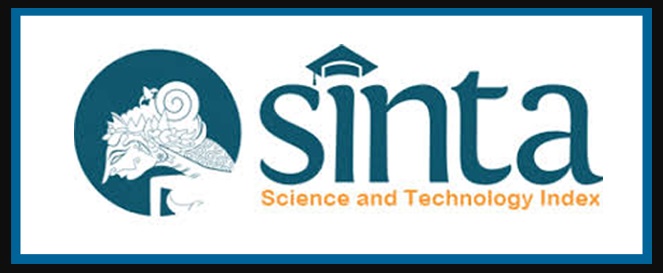PENGGUNAAN DAN MAKNA SETSUZOKUSHI ために DAN ように DALAM RAGAM TULIS (NHK ニュース)
DOI:
https://doi.org/10.23887/jpbj.v9i3.64905Keywords:
setsuzokushi, tame ni, you niAbstract
In Japanese, there are various kinds of setsuzokushi such as ために and ように. Many Japanese learners are confused in the use of these two setsuzokushi because they have the same but different function in the context of their use. This research uses a qualitative descriptive with observation method and literature study. This research aims to understand the usage and meaning of ために and ように correctly. The results are the use of ために combined with the first sentence which states the purpose that has been planned. Before ために is a dictionary form of verb or noun, verb that can be combined is verb which contains desires or intentions, whereas if a noun is added the particle の before ために. The use of ように is combined with the first sentence which states purpose or objectives of the condition. Verbs before ように are verbs that not contain desires or intentions but use dictionary or negative form potential verbs.
References
A.M. Yusuf, “Metode Kualitatif Penelitian & Penelitian Gabungan,” Jakarta: Prenadamedia Group, 2014.
C.G. Robert, “Motivation and Second Language Acquisition,” Canadian Modern Language Review, vol. 31, no. 3, pp. 218-233, Jan, 1975.
F. Kato, “Enhancing Integrative Motivation: The Japanese American Collaborative Learning Project,” Cogent Education, vol.3, no.1, pp. 2016.
H. Choirunisa, Surino, and S.B. Astuti, “Penggunaan Tame Ni dan You Ni dalam Kalimat Bahasa Jepang,” Jurnal Japanese Literature, vol.1, no.1, pp. 1-9, Apr, 2015.
I. Harasawa, “Nihongo Kyoushi no Tameno Nyumon Gengogaku,” Tokyo: 3A Network, 2016.
I. Iori, “Chuujyoukyuu Wo Oshieru Hito No Tame No Nihongo Bunpou Handobukku,” Tokyo: Kabushiki Kaisha Surie Network, 2001.
I. Iori, “Shokyuu Wo Oshieru Hito No Tame No Nihongo Bunpou Handobukku,” Tokyo: Kabushiki Kaisha Surie Network, 2000.
I. Ogawa, “Minna No Nihongo Shokyuu II,” Surabaya: IMc Center Press (in Indonesian), 2019.
M. Gloin and N. Hanaoka, “[Eibun] Machigae Yasui Nihongo Gohou,” Tokyo: Taishukan Publishing Company, 1989.
NHK Nyuusu, “ ニュース,” Jun. 2023. [Online]. Available: https://www3.nhk.or.jp/news/
N. Novianti and I.A. Dewi, “Analisis Interferensi Dalam Kelas Kata Keishiki Meishi Khususnya Penggunaan Tame Ni Dan You Ni,” Jurnal LINGUA CULTURA, vol.2, no 1, pp. 59-75, Mei, 2008.
S. Nagara, “Gaikokujin No Tame No Nihongo Reibun Mondai Shiriizu 2 Keishiki Meishi,” Tokyo: Aratakke Shuppan, 1987.
R. Febriyanti, and L. Husna, “Pengantar Linguistik Jepang,” Malang: Penerbit FA, 2021.
Sudjianto and D. Ahmad, “Pengantar Linguistik Bahasa Jepang,” Bekasi: Kesaint Blanc, 2007.
Downloads
Published
Issue
Section
License
Copyright (c) 2023 Jurnal Pendidikan Bahasa Jepang Undiksha

This work is licensed under a Creative Commons Attribution-ShareAlike 4.0 International License.



